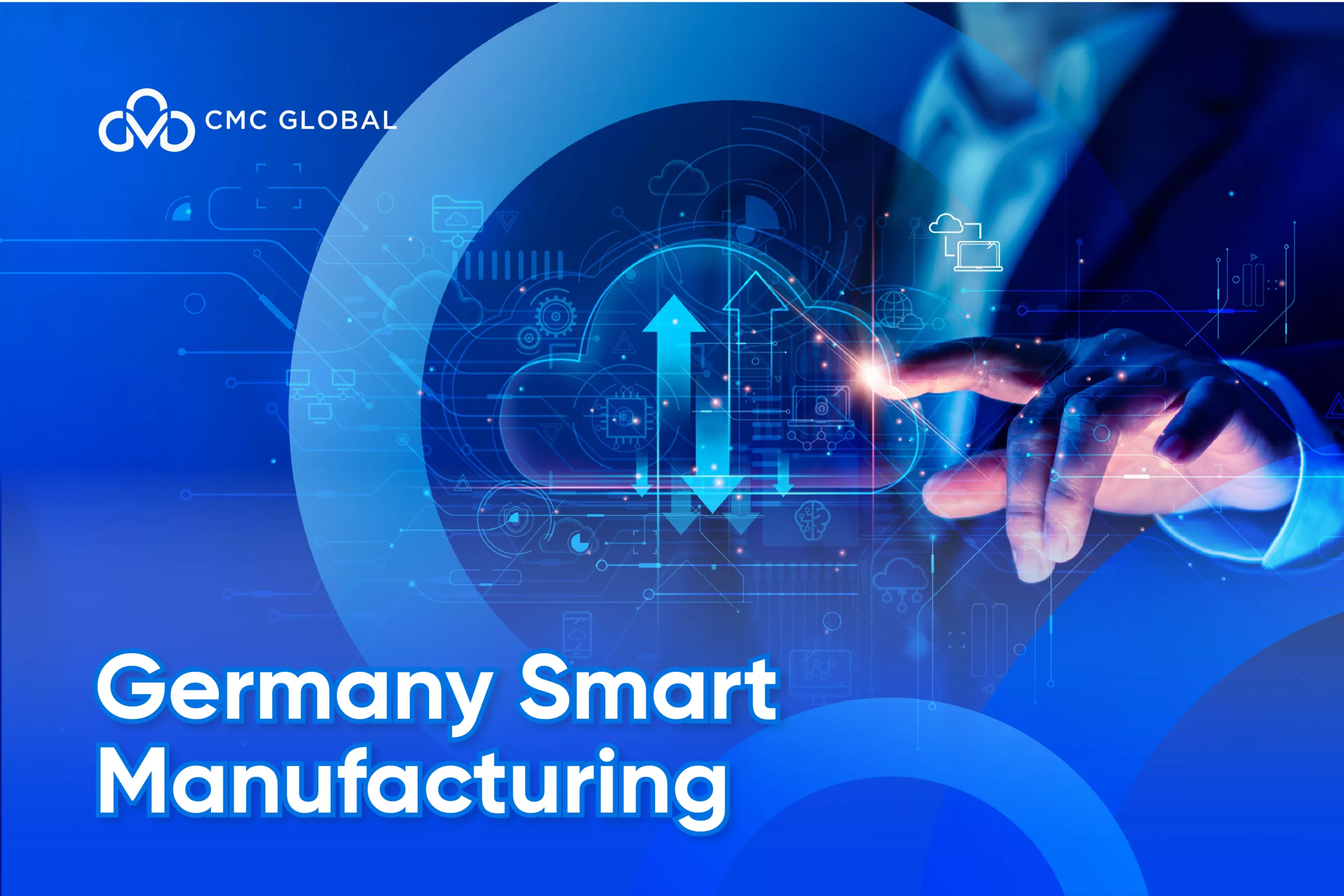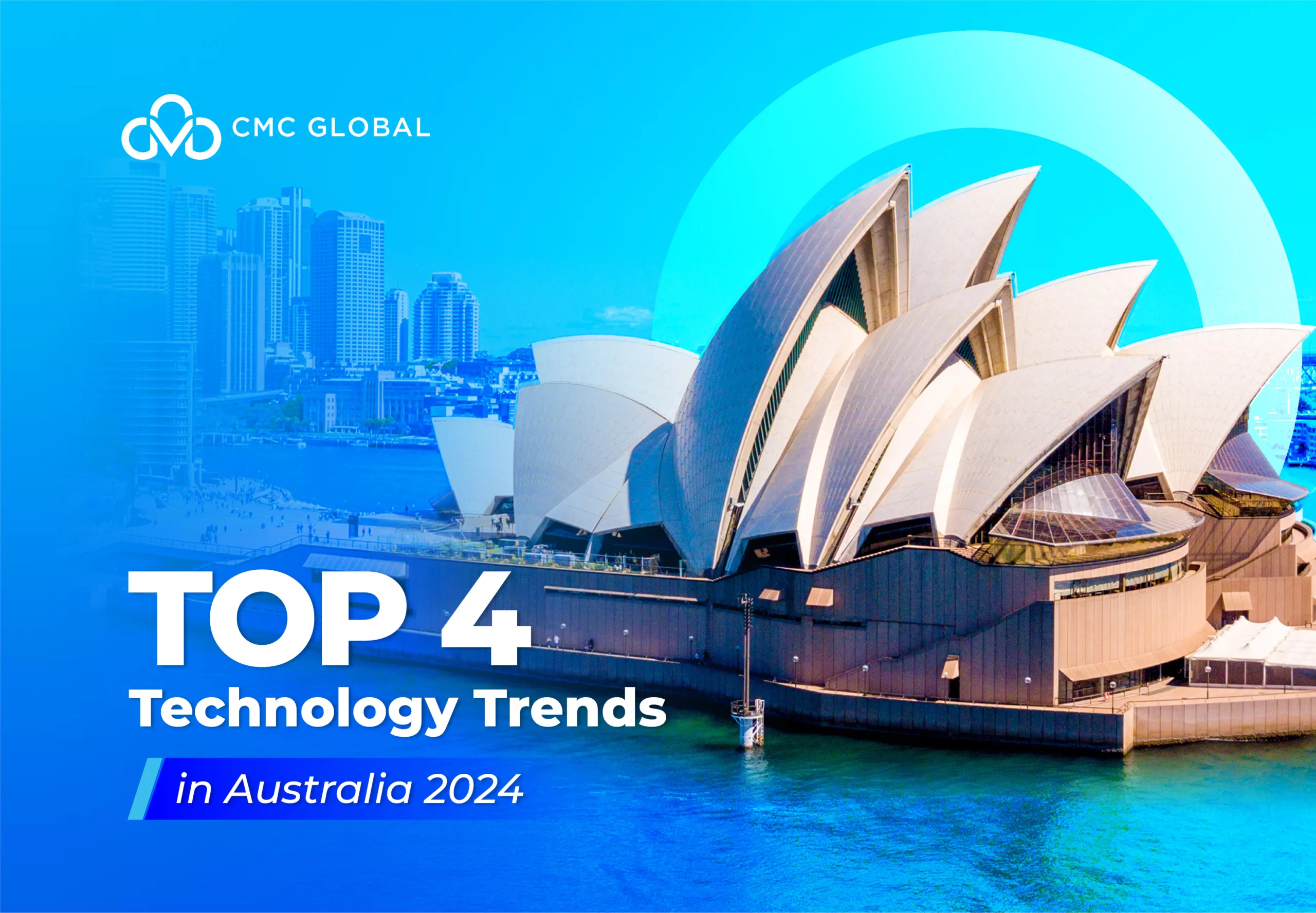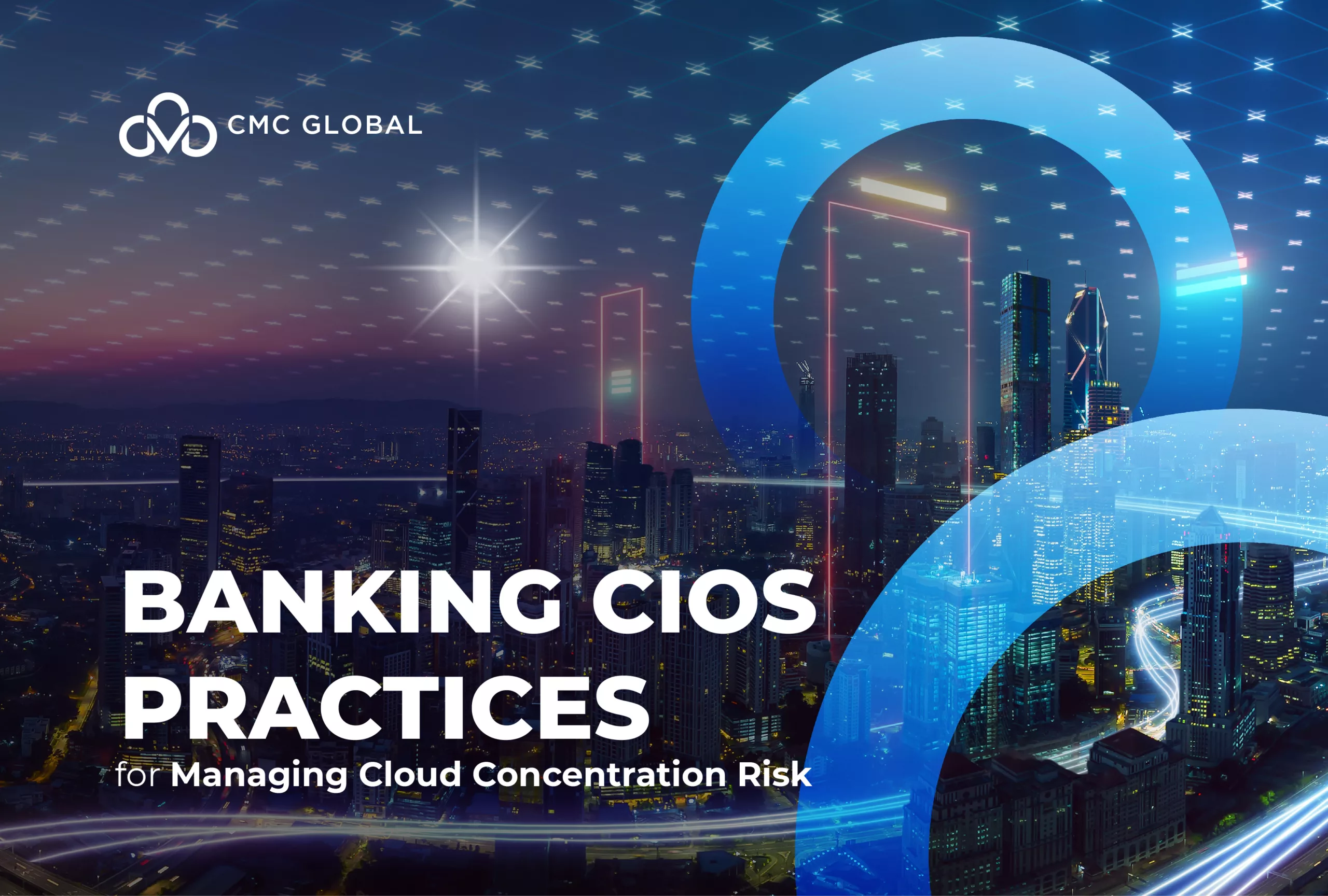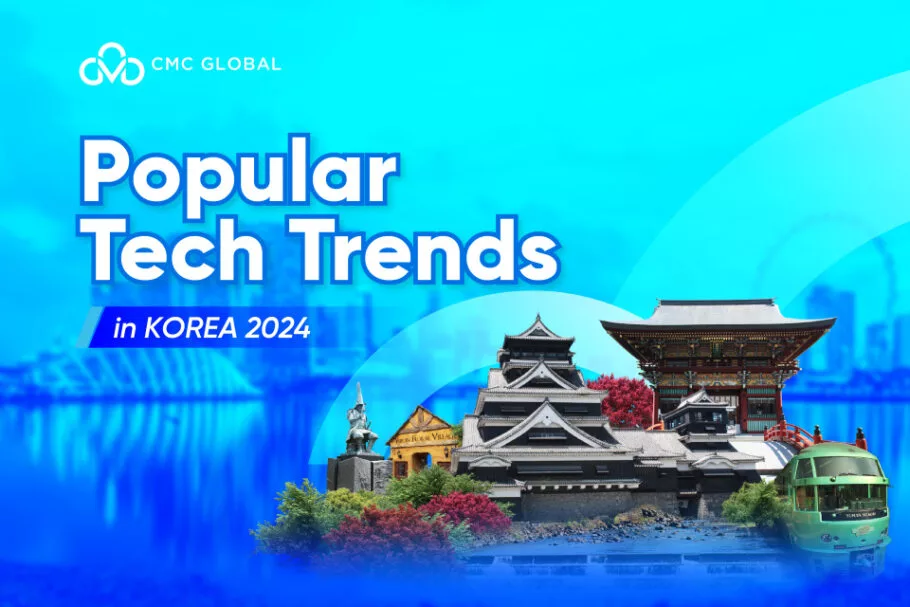Germany, known for its strong engineering tradition and innovative spirit, is at the forefront of technological advancements, driving significant trends that shape industries globally. From pioneering research in artificial intelligence (AI) to leading the charge in industrial automation, Germany’s tech landscape is vibrant and diverse.
With a focus on sustainability, efficiency, and precision, German companies are embracing cutting-edge technologies to stay competitive in the digital era. This blog will look into some of the key tech trends emerging from Germany, highlighting its impact on both domestic and international markets.
Top 3 Technology Trends in Germany Manufacturing Industry
#1 Industry Cloud Platform
According to Gartner, by 2027, over 60% of major manufacturers are expected to adopt industry cloud platforms to expedite their business and product innovation initiatives, a notable increase from 37% in 2023.

Why trending
Industry cloud platforms (ICPs) use SaaS, PaaS, and IaaS cloud services to deliver business and technical competencies customized to specific industries. In manufacturing, ICPs offer services as packaged business capabilities (PBCs) that align with both business processes and technical requirements.
PBCs are particularly attractive to manufacturing CIOs and leaders in product innovation, extending beyond early adopters of cloud infrastructure, as they provide access to new capabilities without the need for extensive IT development or support efforts.
Additionally, providers of Industrial Internet of Things (IIoT) platforms and vendors specializing in vertical-specific software are increasingly augmenting their offerings with ICPs tailored to general manufacturing and its subindustries.
Actions
- Outline a path towards Industry Cloud Platforms (ICPs) by gathering a team of business stakeholders, chief data officers, and business architects. This team will be responsible for identifying and mapping the benefits derived from common capabilities that supplement the landscape of manufacturing-specific apps. Emphasize the improvement of a persuasive business case and a roadmap that helps with the adoption of ICPs.
- Involve developers or companions in the construction of composable apps within ICPs, rather than solely relying on cloud-hosted solutions. This method enhances scalability, reusability, and maintainability, leading to long-term period economies of scale.
- When selecting ICP platform solutions and implementation providers, prioritize those offering cloud-edge integration capabilities. Many use cases require data processing at the edge, with only aggregated facts being shared across the organization and beyond with clients, suppliers, and partners.
Read more: Stagnate Or Innovate: A Deep Dive Into Asia Technology Outlook & Strategic Imperatives
#2 GenAI in R&D/ Engineering
According to Gartner, by 2027, GenAI is expected to generate and refine design elements, including systems, 3D models, and simulations, for over 1/3 of newly developed products and assets, a significant increase from less than 5% generated in 2023.

Why trending
- R&D leaders are exploring methods to boost the efficiency of engineers and designers. GenAI offers a way to use both implicit and explicit knowledge stored in current databases and product-focused applications.
- As product requirements become more intricate, covering functionality, regulations, safety, and cost considerations, the product development process becomes more time-consuming, sometimes resulting in outcomes that fall short of quality standards.
- The advancement of computational design technology and the accumulation of GenAI knowledge within R&D and engineering have progressed to a stage where GenAI can be effectively employed to develop commercially practical apps. The achievements and broad adoption of apps like ChatGPT are instances of commercially viable GenAI applications in various industry sectors.
- GenAI addresses skill gaps within product development teams at a reasonable cost to employers, particularly after the validation of GenAI apps.
Actions
- Identify the specific design and engineering tasks that will experience the greatest impact from GenAI. Assess how the processes of research and development will evolve, influencing the roles and responsibilities within design and engineering.
- Consequently, define alternative positions and invest in relevant training for designers and engineers whose positions are affected by GenAI, ensuring the retention of their expertise and skills.
- Evaluate your current technology providers, engineering and design software portfolio, and potential areas where GenAI capabilities can be integrated, serving as a foundation for developing GenAI strategies.
- When selecting GenAI partners, involve legal and regulatory teams to evaluate their AI practices from a moral point of view, and consider the usage and publicity to third-birthday party intellectual property that they’ may use to mitigate potential legal risks associated with GenAI.
- Initiate a pilot initiative for GenAI apps to continuously assess the functionality of the technology, the suitability of use cases, and the accuracy of GenAI-generated output.
Read more: How Smart Manufacturing is Reshaping the Factory Floor
#3 Composable Hyperautomation

Hyperautomation involves integrating various digital technologies like advanced analytics, AI, and robotics with existing systems to execute workflows across organizational, functional, and technical boundaries. This complexity requires adopting step-by-step implementation strategies known as “composability,” to effectively manage it.
Composable architectures use platform-based approaches enabling the deployment of technologies as packaged business capabilities (PBCs). These PBCs address both the long-term strategic goals and immediate business challenges of manufacturing organizations.
Developing and integrating these PBCs relies on open standards and standardized APIs. Additionally, establishing a scalable foundational data backbone, such as an industrial cloud platform or an IoT platform, is crucial. This backbone facilitates a best-of-breed approach in selecting providers of PBCs.
Why trending
- Manufacturing companies face difficulties in scaling digital solutions and proof of concepts (POCs), primarily because of the complexity of the solutions. This complexity arises from cultural, organizational, and process-related challenges, as well as technical debt. Moreover, budget constraints and challenges in justifying investments add to the struggle. Therefore, it’s essential to break down investment in digitalization initiatives into smaller, more manageable engagements.
- Large vendors, offering a range of technologies, are aiding manufacturers by creating collaborative solutions to deliver end-to-end Industrie 4.0, smart manufacturing, or product servitization initiatives.
Actions
- Develop hybrid teams by gathering fusion teams comprising individuals with both business and technology expertise, including IT, OT, ET professionals, and other relevant stakeholders depending on the specific use cases and desired business outcomes.
- Ensure that platform providers or systems integrators, serving as your primary contact or trusted advisors, not only offer a flexible hyperautomation (HA) portfolio within their own offerings but also seamlessly integrate them with solutions from their partners and align with their go-to-market strategies.
- To avoid large initial investments in foundational data infrastructure, prioritize infrastructure implementation partners that offer Infrastructure as a Service (IaaS) solutions. This approach allows the foundational backbone to expand gradually alongside hyperautomation rollouts to additional sites and the implementation of new functionalities. Such a strategy facilitates investment justification and gains buy-in from business stakeholders.
Consider Working With An Experienced Partner In Smart Manufacturing
Cooperating with CMC Global to develop smart manufacturing solutions presents an exciting opportunity to revolutionize industrial processes. CMC Global, renowned for its expertise in technology and innovation, brings a wealth of experience in implementing cutting-edge solutions tailored to various industries. Together, our collaboration aims to harness the power of emerging technologies like Internet of Things (IoT), artificial intelligence (AI), and data analytics to optimize manufacturing operations.
Contact us for further details!




